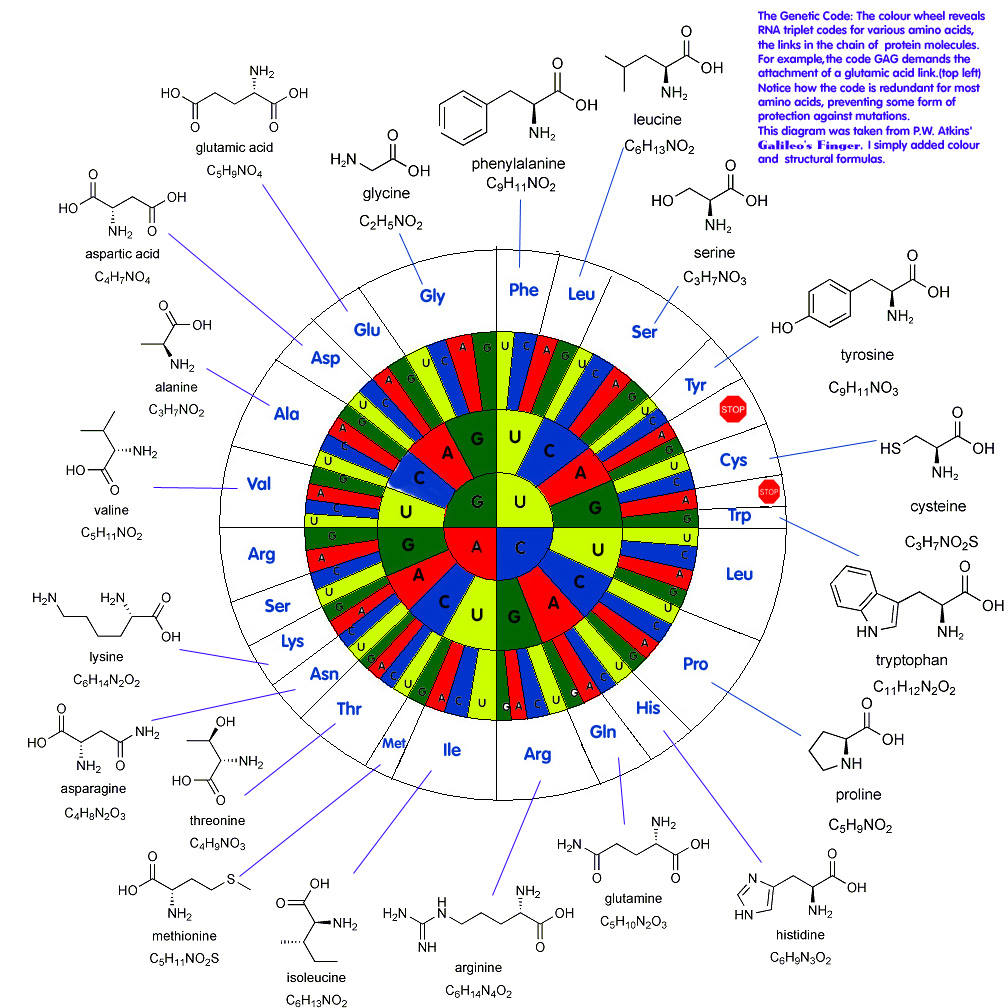Hello,
I know this is quite off topic, but this is the most intelligent and interesting forum I know, so ...
I've been reading some things about DNA, but nothing seems to answer my questions:
-DNA has "instructions" to create enzymes. These enzymes are then catalyzers of processes in the cell. However, this would mean the order in which the DNA codes appear does not matter, since catalyzers would operate all at once, isn't it? But afaik the order of the codes in DNA should matter, otherwise it wouldn't contain a lot of information. What am I understanding wrongly here?
-Apart from the ability of copying itself (which is needed to copy cells of course), DNA/enzymes also have functions for modifying DNA, like splitting or adding bases. What is the point of those, shouldn't DNA mainly have instructions that determine the shape of the organism or cells rather than itself?
-DNA determines processes within a single cell. Every cell of the organism has the same DNA. However, it affects the shape of the complete organism, and in differnt locations in the organism are different types of cells. How can something that is the same in every cell and only affects processes in a single cell, determine the whole shape of a complete organism with billions of cells?
Thanks!











